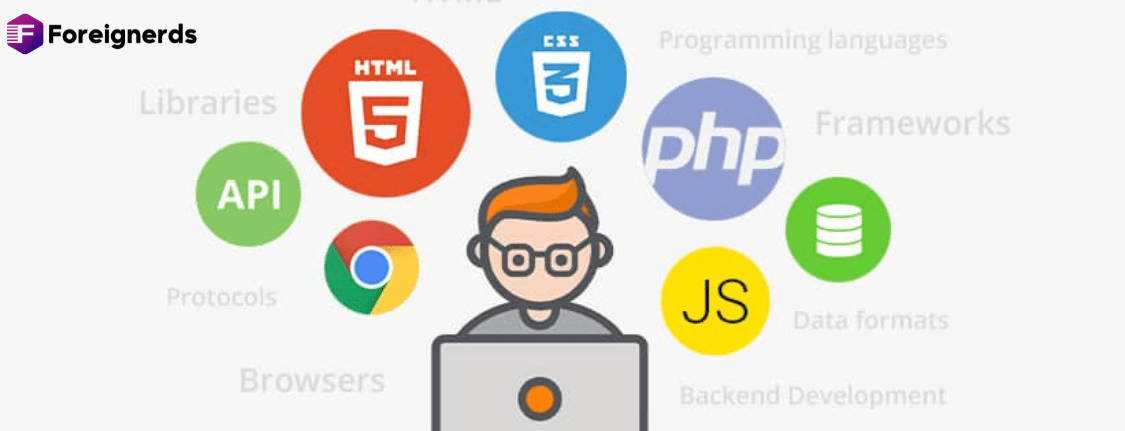Exploring Jamstack and WebEngine: A Comparative Analysis
1. Understanding Jamstack
Jamstack, an acronym for JavaScript, APIs, and Markup, is a web development architecture that empowers developers to create dynamic web applications while delivering static
HTML content.
1.1 The Essence of Jamstack
At its core, Jamstack comprises JavaScript, APIs, and Markup, offering a foundation for building web applications.
1.2 Jamstack’s Limitations
Jamstack, while promising, has its shortcomings and may not be a universal solution.
2. Unveiling WebEngine
Zesty’s WebEngine, an innovative rendering service, introduces an alternative to Jamstack for building dynamic web content effortlessly.
2.1 The Power of WebEngine
WebEngine allows for dynamic rendering, instant content export, and an array of features to simplify web development.
2.2 The WebEngine Advantage
Discover why WebEngine might be the better choice compared to traditional Jamstack.
3. WebEngine vs. Jamstack: A Feature Showdown
We delve into a detailed comparison between WebEngine and Jamstack, evaluating aspects like performance, security, and scalability.
3.1 Marketer-Friendly Approach
See how WebEngine simplifies web development for non-technical users and marketers.
3.2 Streamlined Development with WebEngine
Explore how WebEngine minimizes the need for extensive tooling, streamlining the developer’s workflow.
3.3 Superior Performance with WebEngine
Learn how WebEngine’s out-of-the-box performance compares favorably with the optimizations required in Jamstack.
3.4 Enhanced Security
Discover how WebEngine mitigates security risks through its built-in web application firewall.
3.5 Cost-Efficiency and Scalability
Explore the financial implications and scalability potential of WebEngine versus Jamstack.
4. Examining Workflows: Traditional, Jamstack, and WebEngine
An in-depth comparison of the development, rendering, and display workflows in traditional, Jamstack, and WebEngine approaches.
5. Real-World Success: Sony’s Alpha Universe with WebEngine
A case study showcasing how Sony leveraged WebEngine to create a fast, secure, and efficient platform for their Alpha Universe project.
Matthew Parnell, the MARCOM Manager of Sony Electronics, attested, “By using Zesty.io as our CMS, we were able to soft launch in 6 weeks and fully launch within 2 months.”
In summary, this article provides a comprehensive overview of Jamstack, highlights the limitations it poses, introduces WebEngine as a powerful alternative, and concludes with a detailed comparison of the two approaches. Real-world success stories like Sony’s Alpha Universe further emphasize the advantages of WebEngine in achieving fast, secure, and efficient
digital experiences.
